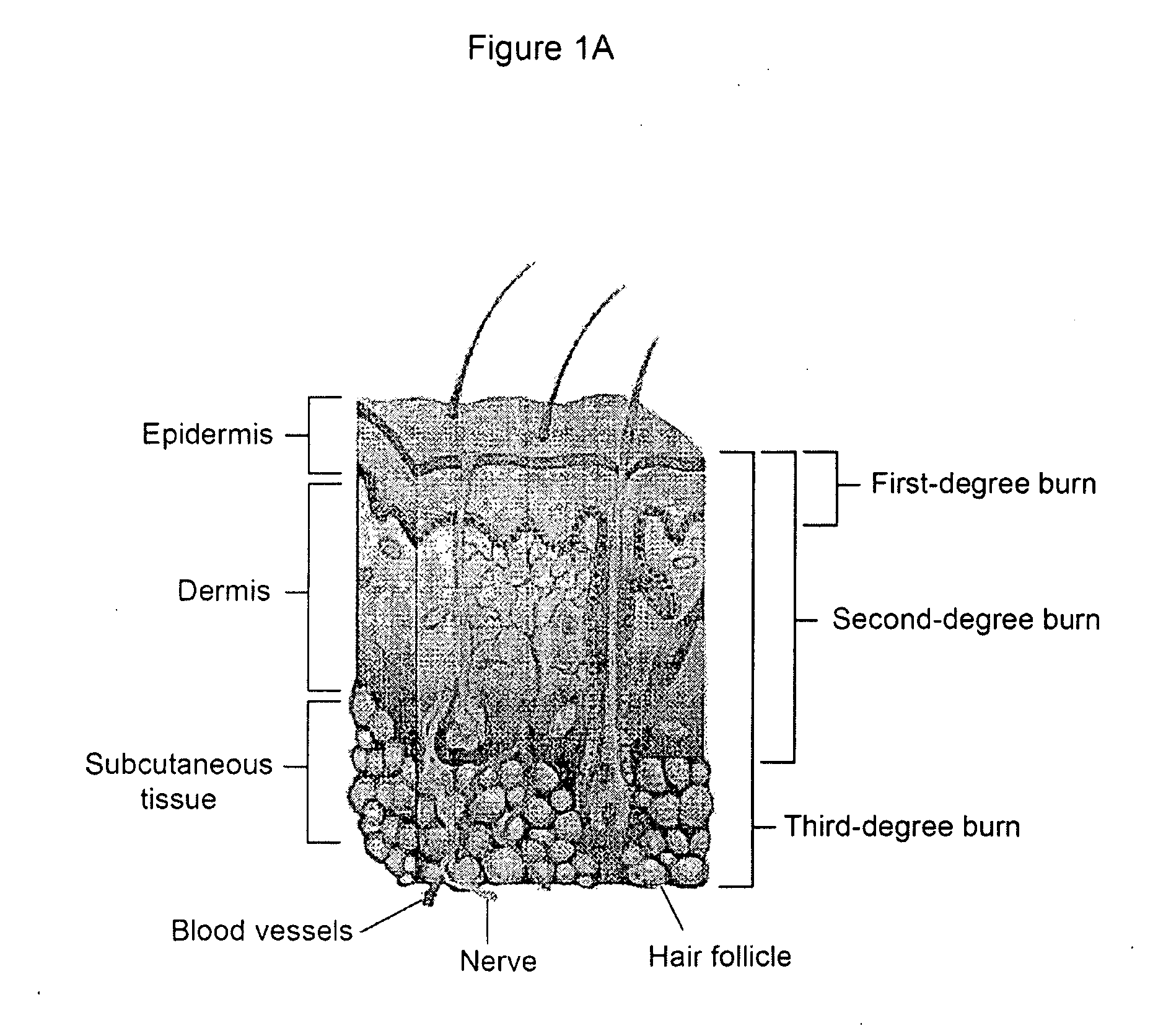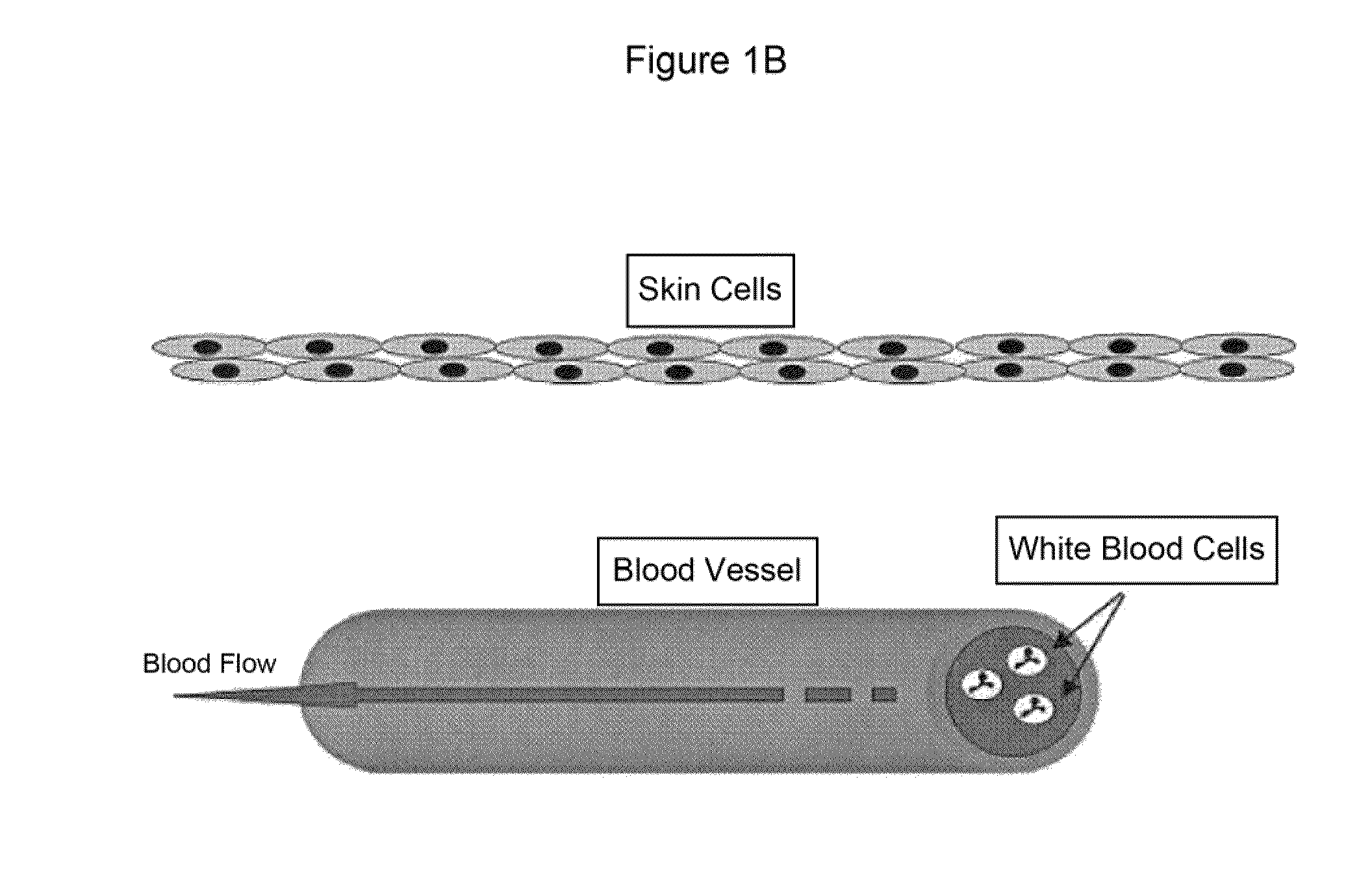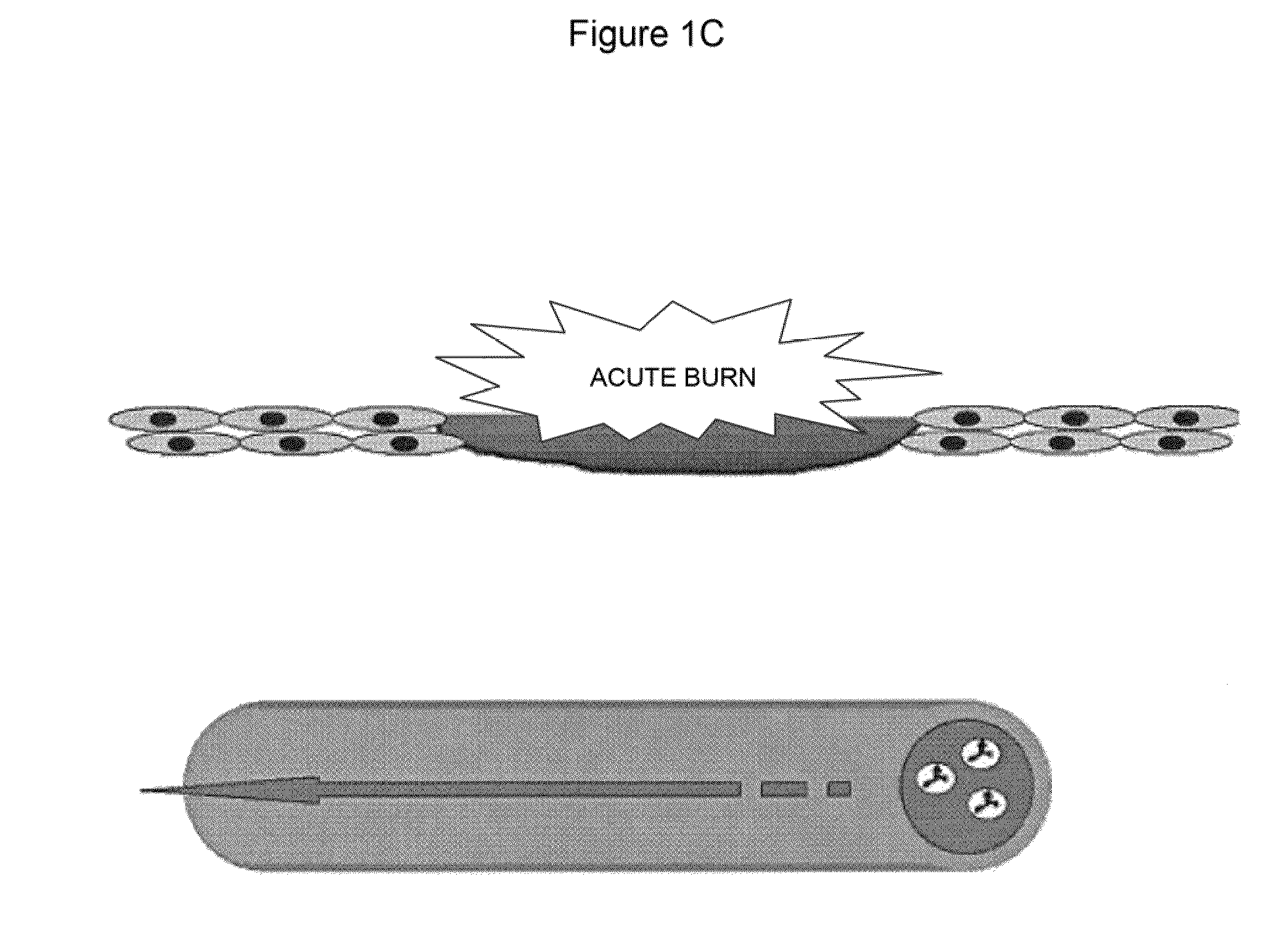Compositions and Methods for Treating Burns
a technology applied in the field of compositions and methods for treating burns, can solve the problems of long and emotionally draining post-burn care, acid can burn the esophagus and stomach, burn the burning building, etc., and achieve the effects of minimizing complications and scarring, and promoting rapid healing and/or regeneration of damaged tissues
- Summary
- Abstract
- Description
- Claims
- Application Information
AI Technical Summary
Benefits of technology
Problems solved by technology
Method used
Image
Examples
example one
[0169]Introduction
[0170]This example outlines the procedure for preparing the pharmaceutical composition of the present invention.
[0171]Materials and Methods
[0172]Preparation of HR341g
[0173]HR341g is made according to the following procedure for the topical formulation. In brief, Dicalcium phosphate dihydrate (DCP), Insoluble sodium metaphosphate, Sorbitol syrup (70% solution), Guar gum, Xanthan gum or Pluronic-F87, Monosodium phosphate, Sodium monofluorophosphate, Aminopterin, Titanium dioxide, Sodium dodecylbenzene sulphate, Water, Trimagnesium phosphate, and Hydroxethyl cellulose ester are added to a high sheer mixer in the amounts shown in Table 2 (w / v), and filtered through a 0.007 inch screen.
TABLE 2IngredientsWeight (w / v)Dicalcium phosphate dihydrate (DCP)1150gramsInsoluble sodium metaphosphate700gramsSorbitol syrup (70% solution)1250gramsGuar gum225gramsXanthan gum90gramsMonosodium phosphate15gramsSodium monofluorophosphate477gramsAminopterin80milligramsTitanium dioxide30gra...
example two
[0178]Introduction
[0179]This example outlines the testing of the pharmaceutical composition in the methods of the present invention. The study of three hypothetical burn patients is presented. These studies are designed to represent typical patients. Patients A, B and C were admitted to the hospital at the same time, with total burn surface area (TBSA) burns of 30%. The patients' burns were in the upper chest area, and on their upper backs. Patient C, in addition had small burns on the side of his face.
[0180]Post-burn injury in these patients is due to inflammation with associated edema that peaks several days post burn. Also, without surgery, 48 hours after a burn, bacterial microorganisms may invade the burn wound. In some patients, there is an extreme systematic inflammatory response to the burn. In what is described as “after burn”, the systematic inflammatory response progresses until an “associated disease response” is evident.
[0181]Materials and Methods
[0182]Patient A
[0183]Pa...
PUM
| Property | Measurement | Unit |
|---|---|---|
| Fraction | aaaaa | aaaaa |
| Fraction | aaaaa | aaaaa |
| Fraction | aaaaa | aaaaa |
Abstract
Description
Claims
Application Information
 Login to View More
Login to View More - R&D
- Intellectual Property
- Life Sciences
- Materials
- Tech Scout
- Unparalleled Data Quality
- Higher Quality Content
- 60% Fewer Hallucinations
Browse by: Latest US Patents, China's latest patents, Technical Efficacy Thesaurus, Application Domain, Technology Topic, Popular Technical Reports.
© 2025 PatSnap. All rights reserved.Legal|Privacy policy|Modern Slavery Act Transparency Statement|Sitemap|About US| Contact US: help@patsnap.com



